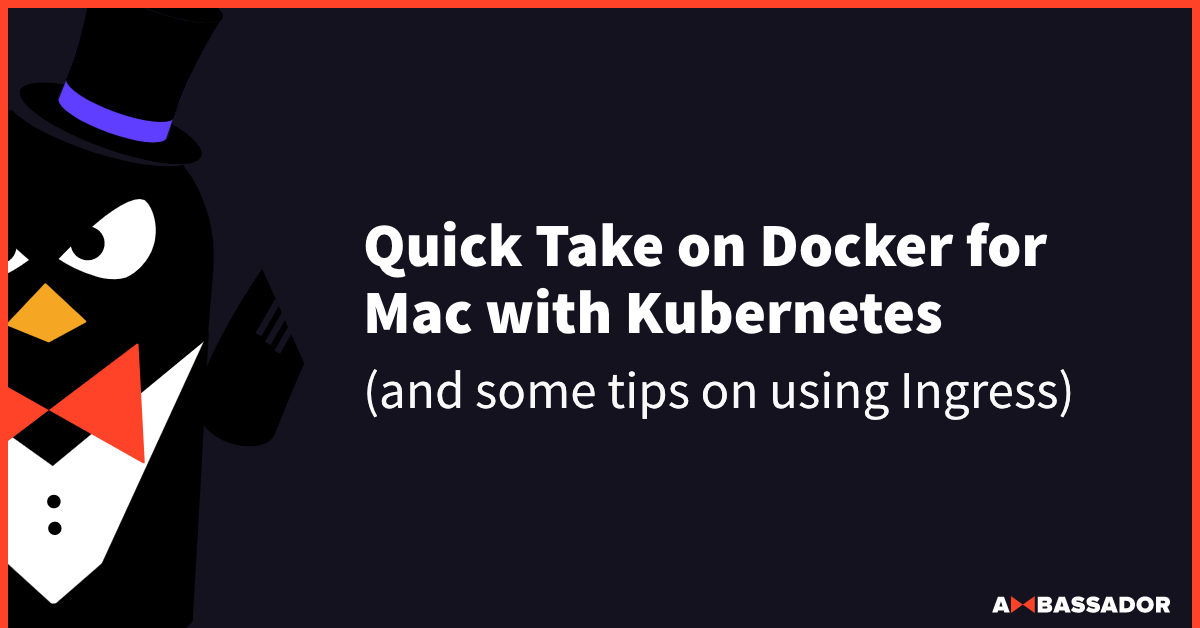

The problem is there's been no signal for Kubernetes to do anything after the image was built. That much is the same as the initial build but you will probably notice your changes aren't actually running in Kubernetes right away. For kubernetes we can rebuild the image docker build -tag my-image:local. If I were making changes to the application or its image definition (ie, Dockerfile) and wanted to see it running in Docker Compose I would just run the command docker-compose up -build. Make Changes to an app and redeploy on Kubernetes
#Docker for mac kubernetes use ip other than localhost how to#
That covers how to build and run an image locally. It cannot be set to Always otherwise Kubernetes will attempt to pull the image from a remote registry like Docker Hub, and it would fail.Įnter fullscreen mode Exit fullscreen mode Container definitions would contain an `image` name that matches your build command and an `imagePullPolicy` that is not `Always` The imagePullPolicy must be set to Never or IfNotPresent.The image name of a Kubernetes pod must exactly match the name given via the -tag parameter of the docker build command.This is the same image cache Kubernetes will use because it's using the same docker instance. the image is stored in docker's image cache. When building an image locally using the standard docker build command docker build -tag my-image:local. The answer to that last question, luckily, is "No". What's the analogue of this with Kubernetes? When I build an image, how can Kubernetes pull it? Do I need a local Docker Registry to push my image to? With Docker Compose I can build an image and run it with just one simple command docker-compose up -build, assuming I have my docker-compose files setup. Build an image locally and run it on the Kubernetes


You can find sample applications that demonstrate all of this in this monorepo along with an explanation to get up and running. Warning: The rest of this post assumes some familiarity with Docker and Kubernetes. If you want to skip to how all of this works out here's the TL DR otherwise keep reading.

I have an old post about the various options available to you that applies to ASP.NET Core 1.0, but the options available in ASP.NET Core 3.x are much the same: There are multiple ways to set the URLs that ASP.NET Core binds to on startup. In this post I show 5 different ways to change which URLs your app listens on.By default, ASP.NET Core apps listen on the following URLs:


 0 kommentar(er)
0 kommentar(er)
